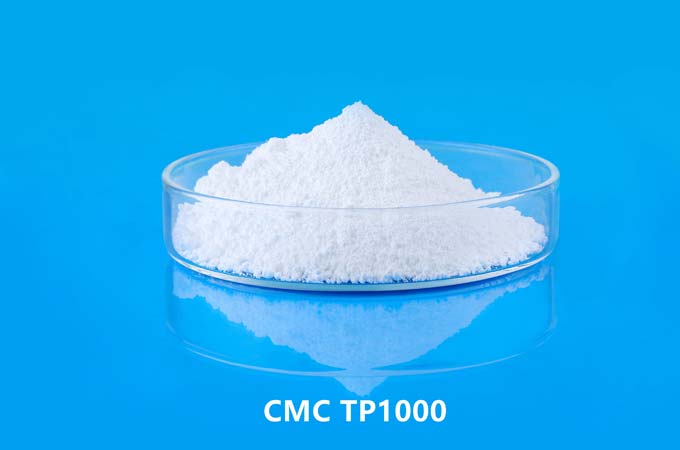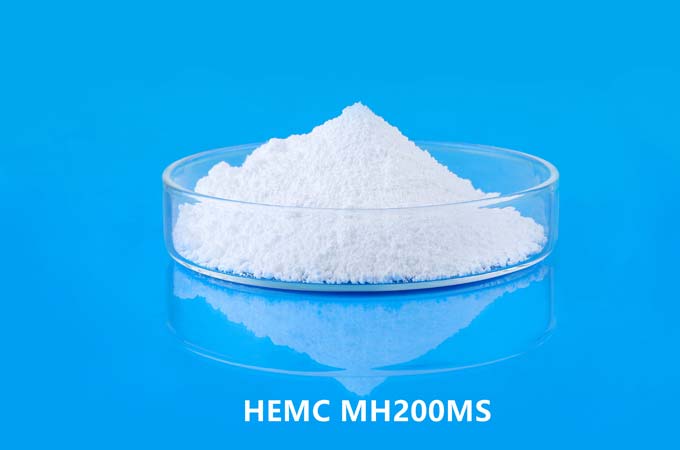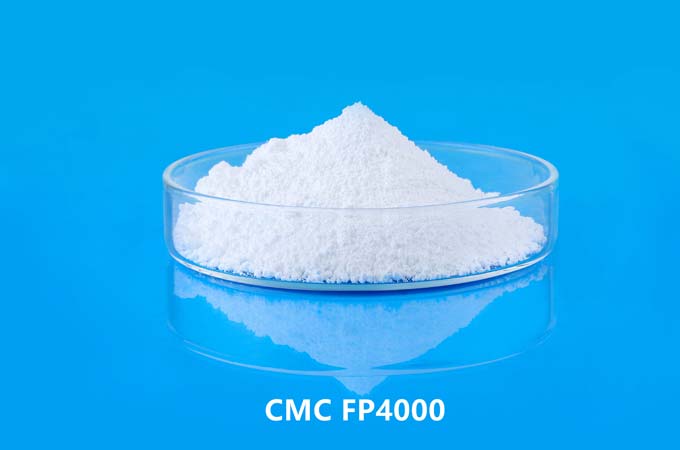Carboxymethyl cellulose (CMC) and hydroxyethyl cellulose (HEC) are both widely used in various industries, particularly in the field of chemistry, pharmaceuticals, food, cosmetics, and construction. Despite their similarities in being cellulose derivatives, they exhibit distinct properties and find different applications. Understanding the differences between CMC and HEC involves examining their chemical structures, properties, applications, and functionalities.
1.Chemical Structure:
Carboxymethyl Cellulose (CMC):
CMC is a derivative of cellulose, a naturally occurring polymer found in plants.
It is produced by reacting cellulose with chloroacetic acid to introduce carboxymethyl groups (-CH2COOH) onto the cellulose backbone.
The degree of substitution (DS), which refers to the average number of carboxymethyl groups per anhydroglucose unit in the cellulose chain, varies and affects the properties of CMC.
Hydroxyethyl Cellulose (HEC):
HEC is also a cellulose derivative synthesized by reacting ethylene oxide with alkali-cellulose under controlled conditions.
This reaction leads to the introduction of hydroxyethyl groups (-CH2CH2OH) onto the cellulose backbone.
Similar to CMC, the degree of substitution determines the extent of modification and influences the properties of HEC.
2.Properties:
Carboxymethyl Cellulose (CMC):
CMC is water-soluble over a wide pH range, forming viscous solutions.
It exhibits thickening, stabilizing, and film-forming properties, making it useful in various applications such as food products, pharmaceuticals, detergents, and cosmetics.
The viscosity of CMC solutions can be controlled by adjusting factors such as degree of substitution, molecular weight, and concentration.
CMC is often used as a viscosity modifier, binder, emulsifier, and water retention agent.
Hydroxyethyl Cellulose (HEC):
HEC is also water-soluble and forms clear to slightly turbid solutions.
It provides thickening and film-forming properties but is generally less viscous compared to CMC.
HEC is known for its excellent pseudoplastic behavior, meaning it exhibits a decrease in viscosity under shear stress, making it suitable for applications requiring easy application and spreading, such as paints and cosmetics.
HEC is commonly used as a thickener, rheology modifier, binder, and stabilizer in various formulations.
3.Applications:
Carboxymethyl Cellulose (CMC):
Food Industry: Used as a thickener, stabilizer, and emulsifier in products like ice cream, yogurt, salad dressings, and sauces.
Pharmaceuticals: Utilized as a binder in tablet formulations, viscosity modifier in liquid medications, and as an excipient in various drug delivery systems.
Cosmetics: Found in personal care products like creams, lotions, and shampoos as a thickening agent and emulsifier.
Industrial Applications: Used in detergents, textiles, paper coatings, and oil drilling fluids for its thickening and stabilizing properties.
Hydroxyethyl Cellulose (HEC):
Paints and Coatings: Acts as a thickener and rheology modifier to improve the application properties and stability of paints, coatings, and adhesives.
Personal Care Products: Used in hair care products like shampoos, conditioners, and styling gels for its thickening and conditioning properties.
Pharmaceuticals: Employed as a binder and controlled release agent in tablet formulations and as a viscosity modifier in ophthalmic solutions.
Construction: Utilized in cementitious formulations, mortars, and grouts to enhance workability, adhesion, and water retention.
4.Functionality:
Carboxymethyl Cellulose (CMC):
CMC functions primarily as a thickener, stabilizer, and binder due to its ability to form viscous solutions and films.
It provides excellent water retention properties, making it suitable for applications requiring moisture retention and uniform distribution.
Hydroxyethyl Cellulose (HEC):
HEC serves as a versatile rheology modifier, offering pseudoplastic behavior and improved flow properties.
It imparts viscosity control, stability, and film-forming capabilities to various formulations without significantly altering other properties.
while both carboxymethyl cellulose (CMC) and hydroxyethyl cellulose (HEC) are cellulose derivatives with similar water-soluble properties, they exhibit differences in their chemical structures, properties, applications, and functionalities. CMC is typically favored for its higher viscosity and water retention properties, making it suitable for thickening and stabilizing applications in industries such as food, pharmaceuticals, and cosmetics. On the other hand, HEC is valued for its pseudoplastic behavior and versatility as a rheology modifier, finding extensive use in paints, coatings, personal care products, and construction materials. Understanding these distinctions is crucial for selecting the appropriate cellulose derivative for specific formulations and applications.
 English
English 日本語
日本語 français
français Deutsch
Deutsch Español
Español italiano
italiano русский
русский português
português العربية
العربية Türkçe
Türkçe Nederland
Nederland



